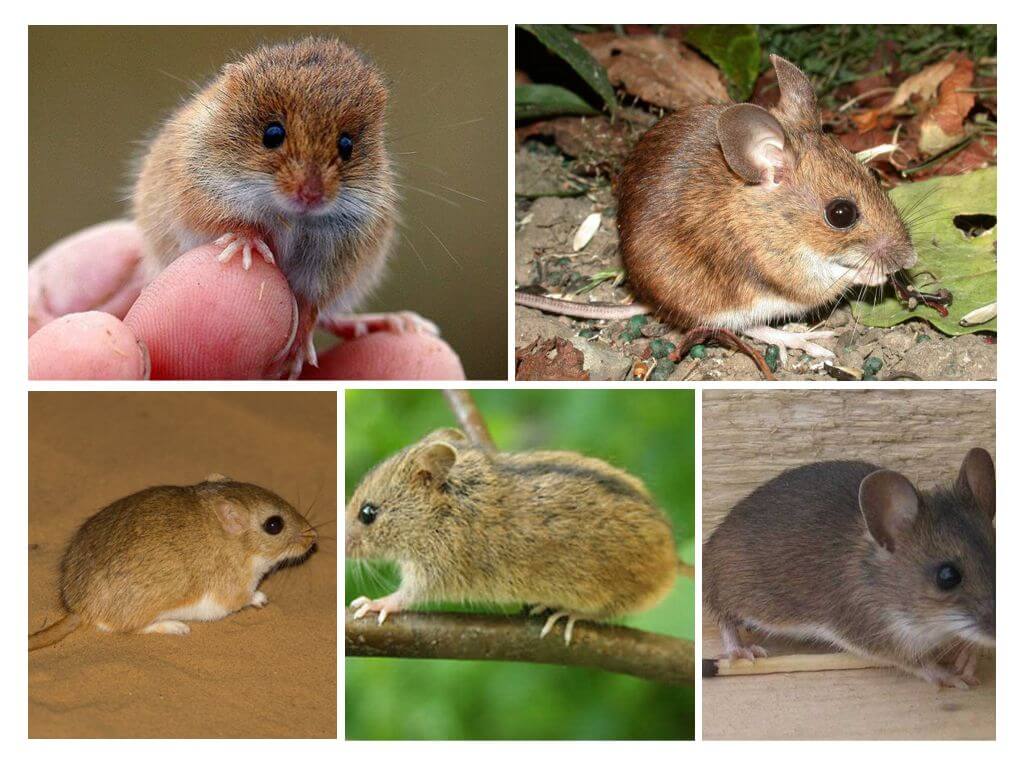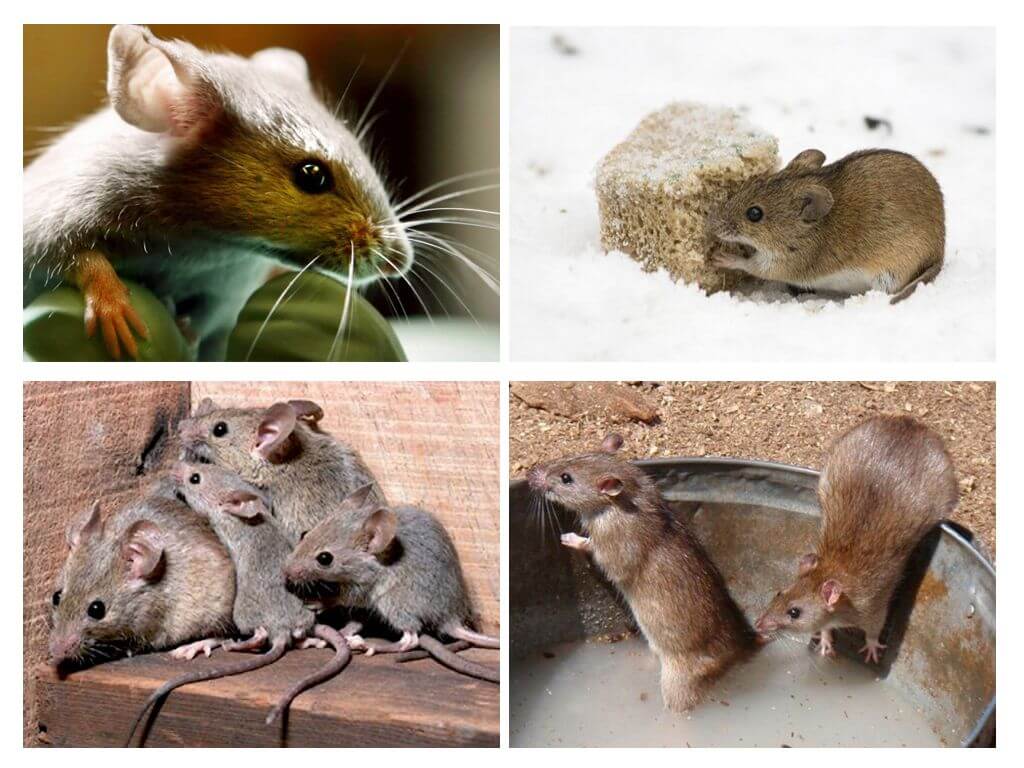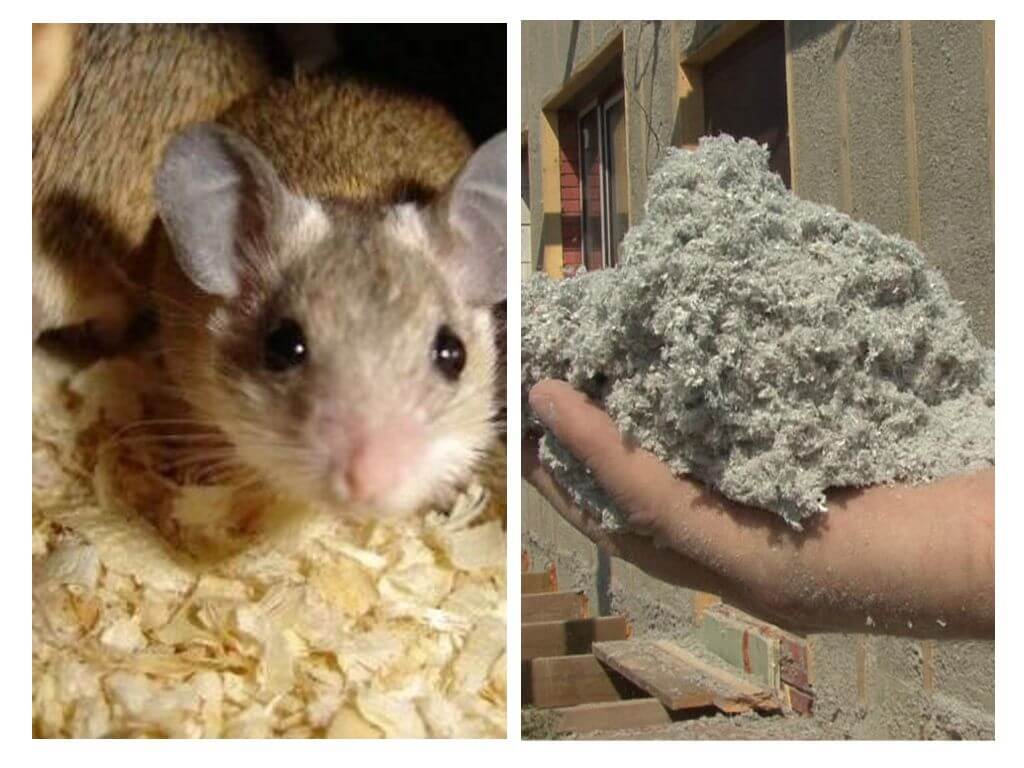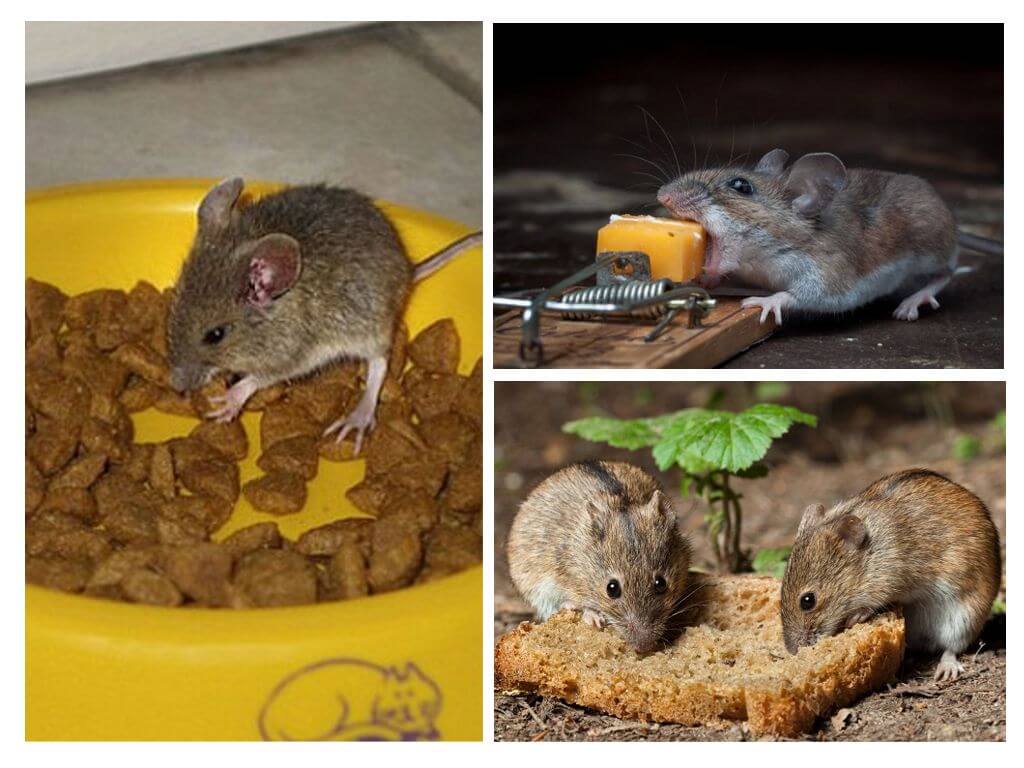In appearance, all the mice that are found in our area are almost the same. Slightly different in size, color. Mouse tracks in the snow should also be the same, but in reality this is not so. From the prints left, you can determine which animal visited the car, settled near the house, substantiated the mink on the territory of farmland.
Harvest mouse
In the snowdrifts, the animal moves in leaps. After the “light” mount, there remains an imprint of the paws collected in trapeze heaps. The jump itself is not so short - up to 50 cm long. It slightly resembles a squirrel. Between the limbs are thin stains from the tail. Hind legs always go in front, followed by small forelegs.
If scattered, it is impossible to make out the trajectory of movement - in the immediate vicinity there is a hole. Track field mouse often visible on the surface of snowdrifts, as it is periodically selected from the mink in search of food supplies.
The animal is not afraid of cold. If the snowdrift is small, the rodent snoops easily out of the mink. You can see the footprints in the forest. A photo of the mouse trace is located below.
Forest mouse
A sufficiently large rodent prefers to live on the edge of the forest, near ravines, in the fields. The track of a forest mouse in the snow resembles a footprint of a field one, but the distance between them is somewhat longer. Forest mouse a few centimeters more than a vole. Can be confused in winter with traces of rats in the snow.
The length of the rodent's jump is about 60 cm, an intricate trajectory indicates the close location of the mink. In an open snowy area, leaves a series of long jumps, moves under small trees and bushes in small jumps. In winter it comes out reluctantly, preferably in a thaw.
Gray voles
Traces of mice in the snow are similar to each other. You need to navigate to the place where they were noticed - a forest, field, own garden. Gray voles are less mobile than mice. They move reluctantly through the snowy area. Do not jump, but run. Leave two parallel rows of continuous traces of small paws - a track.
Interesting!
Unlike others mouse species paws in the snow are not trapezoidal. From the hole animals leave no more than 10 m. Rarely go outside. If there are a lot of paths on the surface of loose snow, you can look for a path to housing near.
Mouse tracks in the snow are more concerned if they find themselves in the garden, near the garage, barns with grain reserves. Since such a neighborhood threatens property damage, destruction of stocks, damage to trees. In the forest, in the fields, they look at the abandoned tracks of animals for the sake of curiosity.




